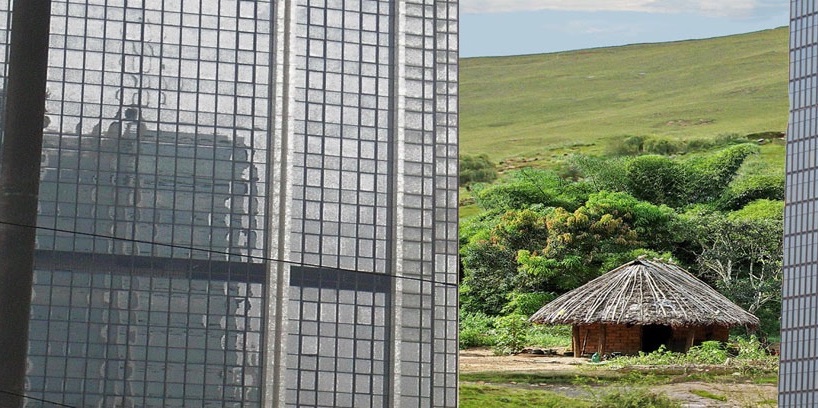The "Old Friends Hypothesis" is a crucial branch of "Darwinian" or "Evolutionary" medicine. It is a potential replacement for the now very dated hygiene hypothesis, and is in many ways similar to the Biodiversity Hypothesis, as discussed and referenced in the text accessed via the other tabs.
The bottom line for both the Old Friends hypothesis and the Biodiversity hypothesis is that in order to function correctly the immune system needs "data" and "signals" from biodiverse microbial inputs. The most important sources of these essential microbial inputs are the microbiota of our mothers, and the microbiota of the natural environment. These inputs are absolutely crucial in early life, but continue to be important in adulthood and old age.
Without appropriate microbial inputs the regulation of the immune system is faulty, and the risk of chronic inflammatory disorders increases. These increases are already striking in high income settings, and are increasing globally as prosperity increases. This happens because there are life-style changes, described in these pages, that diminish the microbial inputs, and distort the microbiota/microbiome and lead to faulty immunoregulation. The problem is particularly serious in people of low socioeconomic status (SES) as outlined in greater detail in the "Socioeconomic" page on this website.
The pages that follow contain mostly recent publications (and some from other authors), together with their abstracts, and links that will enable most of them to be downloaded.... when that is not possible, email me and I will send a copy if I can.
We discuss the evolutionary theory and immunological mechanisms behind the Old Friends Hypothesis, and point out the implications for human health and wellbeing.
A particular interest, that has been explored with colleagues in Germany and the USA, is the reduced stress resilience and the increased prevalence of depression in modern city-dwellers. We argue that this is at least partly secondary to defective regulation of the immune system attributable to the "Old Friends" mechanism.
The bottom line for both the Old Friends hypothesis and the Biodiversity hypothesis is that in order to function correctly the immune system needs "data" and "signals" from biodiverse microbial inputs. The most important sources of these essential microbial inputs are the microbiota of our mothers, and the microbiota of the natural environment. These inputs are absolutely crucial in early life, but continue to be important in adulthood and old age.
Without appropriate microbial inputs the regulation of the immune system is faulty, and the risk of chronic inflammatory disorders increases. These increases are already striking in high income settings, and are increasing globally as prosperity increases. This happens because there are life-style changes, described in these pages, that diminish the microbial inputs, and distort the microbiota/microbiome and lead to faulty immunoregulation. The problem is particularly serious in people of low socioeconomic status (SES) as outlined in greater detail in the "Socioeconomic" page on this website.
The pages that follow contain mostly recent publications (and some from other authors), together with their abstracts, and links that will enable most of them to be downloaded.... when that is not possible, email me and I will send a copy if I can.
We discuss the evolutionary theory and immunological mechanisms behind the Old Friends Hypothesis, and point out the implications for human health and wellbeing.
A particular interest, that has been explored with colleagues in Germany and the USA, is the reduced stress resilience and the increased prevalence of depression in modern city-dwellers. We argue that this is at least partly secondary to defective regulation of the immune system attributable to the "Old Friends" mechanism.

